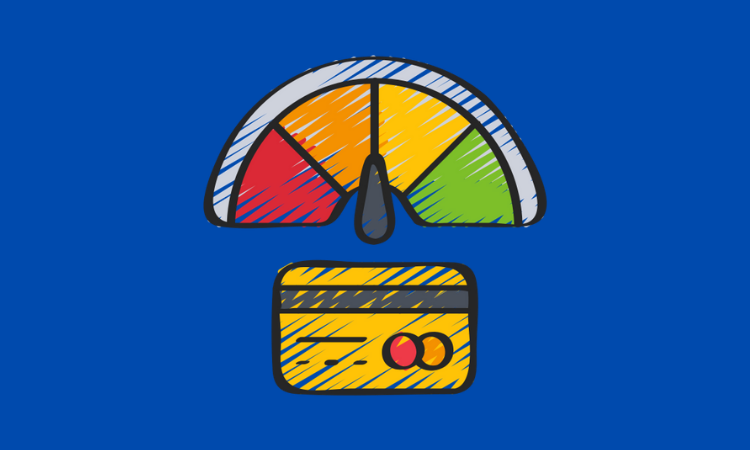Member Exclusive, Podcasts
‘We knew banking apps are the least deleted on people’s phones’: Sensibill’s Corey Gross
- Understanding spending data is still a hard nut to crack.
- Sensibill provides tools to users and their banks to feed decision making and advice.








